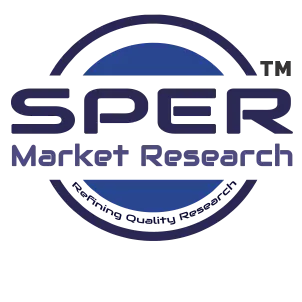Airflow and zone control equipment encompasses devices that are utilized to regulate, manage, and distribute airflow within HVAC (Heating, Ventilation, and Air Conditioning) systems. These systems facilitate precise control over air distribution across various areas or zones within buildings, thereby ensuring optimal temperature, air quality, and energy efficiency. Common components consist of dampers, airflow regulators, diffusers, actuators, and controllers, which are employed in both residential and commercial applications.
Drivers: Growing Demand for Energy Efficiency
The market for airflow and zone control equipment is being driven by the growing need for energy efficiency. As buildings and industries strive to reduce energy consumption and comply with green building standards, precise airflow control and intelligent zoning systems are becoming increasingly essential. These advancements enhance occupant comfort, reduce operating costs, and optimize HVAC performance. Energy-efficient solutions represent a significant factor in market growth, driven by the heightened demand that fosters innovation and investment in advanced control systems.
Challenges: The substantial initial cost associated with the installation of airflow and zone control systems presents a considerable obstacle to market growth. Numerous businesses and homeowners are reluctant to invest due to the significant upfront costs, which impedes widespread adoption. This hesitation postpones the shift towards more efficient, energy-saving systems and constrains the market's growth, particularly among budget-conscious consumers. Ultimately, the elevated installation costs limit the accessibility of advanced HVAC solutions, thereby restricting market expansion.
Market Trends: The trends in smart building and home automation are significantly reshaping the Airflow and Zone Controls Equipment market, as they propel demand for energy-efficient and responsive HVAC systems. Automated zoning, integration of IoT, and real-time data analytics facilitate accurate airflow management, enhancing comfort while minimizing energy use. This technological shift promotes innovation and the use of complex components, expanding market opportunities. As intelligent infrastructure gains traction, the urgency for effective airflow management is increasing, positioning zone control systems as critical within modern building environments.
Global Airflow and Zone Controls Equipment Market Key Players:
Panasonic Corporation, Carrier, Broan-NuTone, LLC, Zehnder America, Daikin Industries, Ltd, Greenheck Fan Corporation, Ruskin, Aldes Group (American Aldes Ventilation Corporation), Trane Technologies, and RenewAire are just a few of the major market players that are thoroughly examined in this market study along with revenue analysis, market segments, and competitive landscape data.
Global Airflow and Zone Controls Equipment Market Segmentation:
By Product: Based on the Product, Global Airflow and Zone Controls Equipment Market is segmented as; Dampers, VAV, Airflow Regulators, Zoning Panels, Others.
By Operation: Based on the Operation, Global Airflow and Zone Controls Equipment Market is segmented as; Manual, Automatic.
By Application: Based on the Application, Global Airflow and Zone Controls Equipment Market is segmented as; Commercial, Residential, Industrial.
By Deployment: Based on the Deployment, Global Airflow and Zone Controls Equipment Market is segmented as; New Installation, Replacement.
By Distribution Channel: Based on the Distribution Channel, Global Airflow and Zone Controls Equipment Market is segmented as; Online, Retail Stores, Wholesale Stores, Others.
By Region: This research also includes data for North America, Latin America, Asia-Pacific, Europe, Middle East & Africa.
This study also encompasses various drivers and restraining factors of this market for the forecast period. Various growth opportunities are also discussed in the report.






















